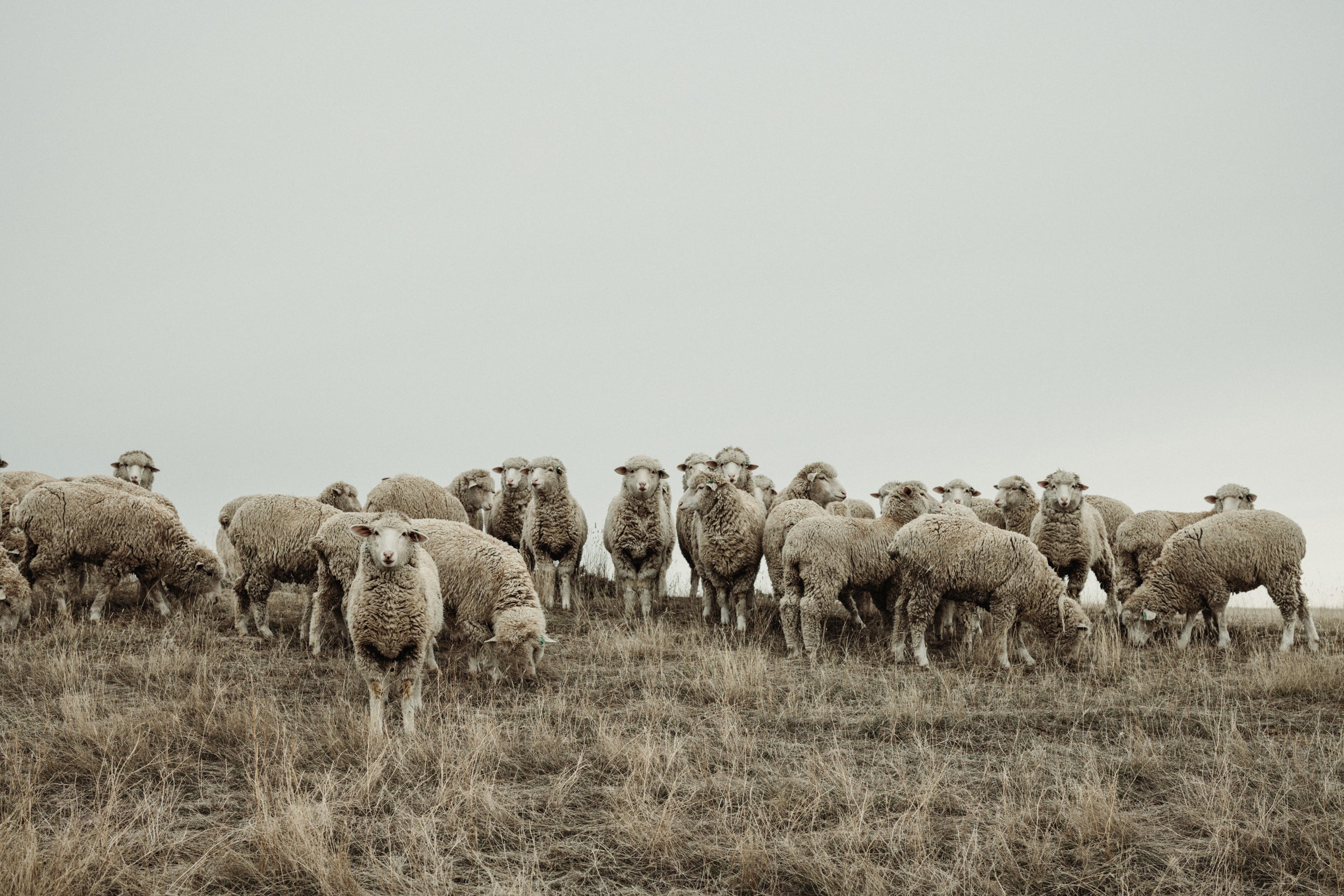Wool Fabric Weights
Q: When is 19 ounces heavier than 24 ounces?
A: When people are deceptive or thoughtless. And this is normal when people quote the weight of fabrics. "Nineteen ounces per square yard" is heavier than "24 ounces per running (60-inch) yard".
Unless the weight is "ounces per square yard (opsy)" or "grams per square meter (gsm)", you don't know the weight of the fabric.
Weights of WeatherWool Fabrics (always 100% wool!!):
- FullWeight Fabric: Currently about 18 opsy / 610 gsm
- MidWeight Fabric: Currently about 12.5 opsy / 424 gsm
- Denim Fabric (in development). Samples: 12.27 opsy / 416 gsm
- Utility Fabric (in development). Sample: 6.25 opsy / 212 gsm
********************
The weight of wool fabrics is quoted by everyone offering woolens. But there is significant fuzziness in the terminology, and this leads to confusion. The fuzziness isn't limited to wool either.
I didn't appreciate it at the time, but my high school instructors in chemistry (in particular!) but also in physics really focused on UNITS. You always had to make sure that you presented data in the correct units, and they taught that when making calculations, the units of measure are subject to the same manipulations as are the numbers.
The American woolen industry, particularly the outerwear industry, often forgets or ignores UNITS. But the situation is improving.
People making base layers, particularly in Europe, will present the weight of their fabrics in GRAMS PER SQUARE METER. The consumer knows exactly what 200 gsm means.
(Digression: Weight is a poor indicator of performance. HEAVIER does not mean BETTER or WARMER. Choice of fiber, preparation, spinning, weaving and finishing are all important factors that cannot be inferred from weight.)
Here at WeatherWool, we specify our fabric weights in gsm and in opsy (ounces per square yard), so there is no question about how much fabric we are talking about.
(Another digression: We have standard weights that we aim for. But making woolen fabric involves juggling a lot of variables and in practice our Fabric weights can be as much as 5% or -- a couple of times -- 10% higher or lower than the standard.)
But makers of American outerwear usually specify weights of wool fabric by the lineal yard, an incomplete bit of information which only creates confusion outside the circle of people familiar with the equipment that produced the fabric. A lineal yard (thanks to my son Zack for bringing this term to my attention) is always a yard long (91 cm) but carries an implied width that is particular to a given mill or loom. Two people working with the same equipment know the width of their bolts of fabric, so it's not necessary for them to specify 26 ounces per running yard of 60-inch width.
Confusion results when the mill workers tell customers "it's 26-ounce wool", but the customers don't know and don't ask the width of the bolt of fabric. This drove me crazy when we first started working with wool. (It's still nuts.) And a great many of our customers don't understand. They'll ask how our 19.4 opsy (658 gsm) Fabric compares to 26-ounce wool from someone else. And they are surprised when I start yakking ...
So ... the nomenclature in the woolen industry:
- GSM = grams per square meter (hooray!)
- OPSY = Ounces per square yard (not used as frequently as it should be)
- Linear Yard = 1 yard (91 cm) in length, width unknown
- Lineal Yard = 1 yard in length, width not specified, but assumed by those with inside knowledge
(Conversion Factor ... 33.9 gsm = 1 opsy)
In the USA, we have a somewhat similar situation that causes no confusion. "We got here quick. We were doing 75 the whole way." Americans will understand this means "75 miles per hour", and we all have a good feel for it because we are all accustomed to measuring driving speeds in miles per hour.
But with woolens, the width of the looms varies widely. And actually, the width of a loom can normally be adjusted -- significantly -- to achieve a specific result. The team at MTL, who does our weaving, had to do make some large adjustments to weave a greige Fabric width that would be compatible with the finishing equipment at American Woolen. Adjustments to the width of a loom are not undertaken lightly and are time-consuming and expensive. Plus, in manufacture, it's always risky to depart from the standard routines. MTL, lucky for us, welcomes customers with unusual requirements.
One more tidbit that might as well be tossed in here ... it's not even the width of the loom that is the decisive factor. Our greige Fabric coming off the looms at MTL is about 65 inches (165 cm), but the finishing processes at American Woolen shrink it (full it) down to about 54 inches (137 cm). That is, the finishing processes reduce the width by about 17%.
It's maybe not surprising we have such sloppy nomenclature. Whoever decided that ounces would be used as measures of both volume and weight should be keelhauled.
I'd like to stress again, if you don't mind, that WEIGHT is not all that indicative a number anyway. Most people don't want weight for its own sake, although some people do like want a hefty winter coat. Generally, people seek better performance with less weight. And a lighter fabric can definitely outperform a significantly heavier fabric if excellence is sought in the selection of the greasy wool and in every step of the manufacturing process.
THANKS to Chris B, whose email nudged me into creating this long-overdue page!
5 October 2023 --- Ralph

